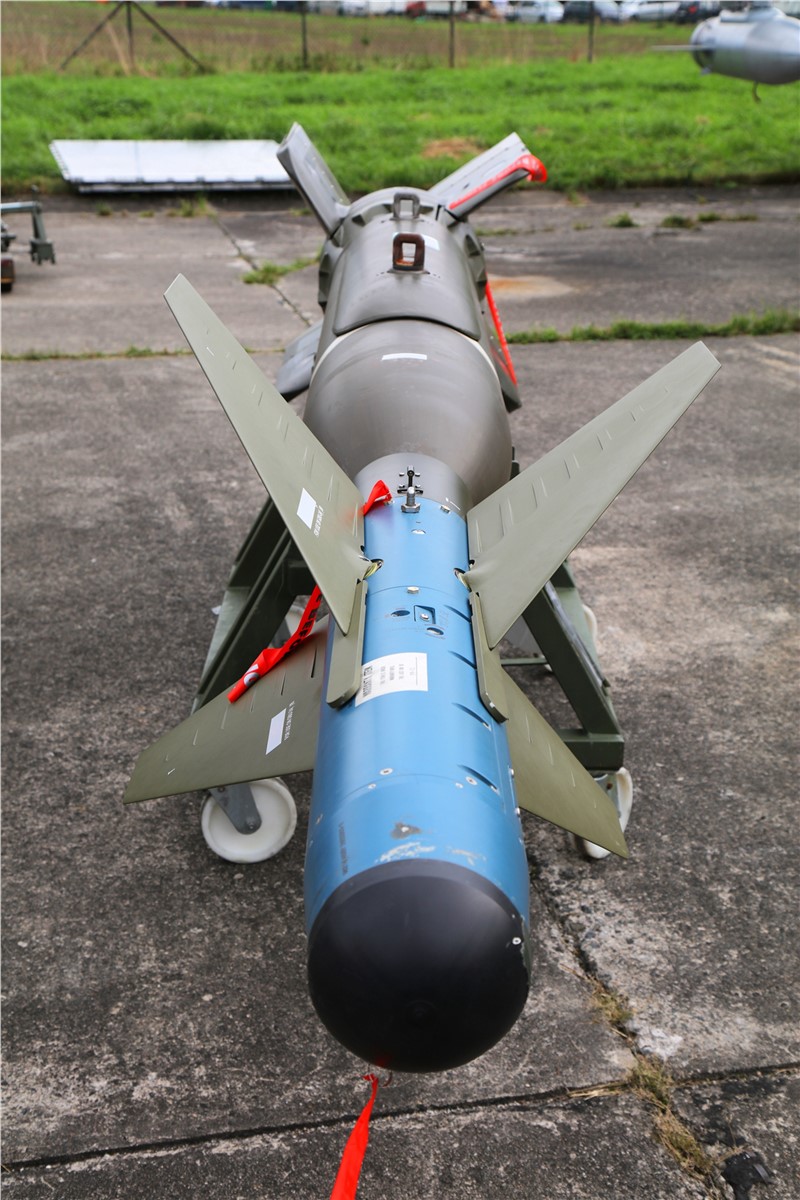Monday 20 November 2023, Amsterdam

The initial experimentation with precision guided weapons dates back to the Second World War. However, their broader deployment and advancement gained momentum during the Vietnam War, driven by the U.S.'s need for highly accurate bombs to effectively target specific, challenging objectives while minimizing collateral damage.
The technology behind precision guidance has evolved beyond missiles and has been extended to include artillery and ship-launched shells, expanding its applicability across various military contexts. Although precision guided weapons have become a fundamental component of modern armed forces, they remain relatively costly compared to conventional unguided bombs. Consequently, the majority of munitions in use are still unguided.
Precision guided weapons are munitions or missiles designed to autonomously adjust their trajectory during flight to accurately strike a designated target. These weapons can employ either Laser guidance, GPS guidance, or a combination of both.
Laser guidance involves equipping the projectile or missile with an infrared sensor that detects laser light emitted when it reflects off a specific target, flashing at the sensor's encoded frequency. The munition then homes in on the light source until it reaches its intended target. Special equipment is used to project the laser onto the target, resulting in highly precise ground targeting. However, laser-guided munitions require assistance in the form of ground personnel, aerial drones, or the launching aircraft to guide the laser. Poor weather conditions can reduce the visibility of the laser reflection, diminishing the guidance system's accuracy in hitting the target.
GPS guidance relies on satellites to direct the projectile or missile to a precise ground location. This method is exceptionally accurate in striking ground targets when compared to other guidance systems. However, it is entirely dependent on a functioning GPS system. These weapons often incorporate a backup system to account for GPS signal jamming, disabling, or the receipt of false information. In such cases, the munition calculates its own position and necessary maneuvers to reach the target, though this backup measure may not be as accurate as the primary GPS guidance.
Recent innovations have amplified their capabilities, revolutionizing military operations. Miniaturization and swarming technology enable smaller, agile munitions to coordinate attacks with remarkable precision, challenging enemy defenses. The growing autonomy of these weapons allows real-time adjustments during flight, reducing operator workload and increasing adaptability. Advanced target recognition technology, driven by artificial intelligence, minimizes civilian casualties and aids in precise target engagement. Integration into network-centric warfare enhances coordination and effectiveness, while improved GPS and inertial navigation systems ensure pinpoint accuracy. These developments mark a pivotal evolution in precision guided weapons, shaping the future of warfare by enhancing national security and reducing the human and material costs of conflict.

ASDReports.com contact: S. Koomen
ASDReports.com / ASDMedia BV - Veemkade 356 - 1019HD Amsterdam - The Netherlands
P : +31(0)20 486 1286 - F : +31(0)20 486 0216